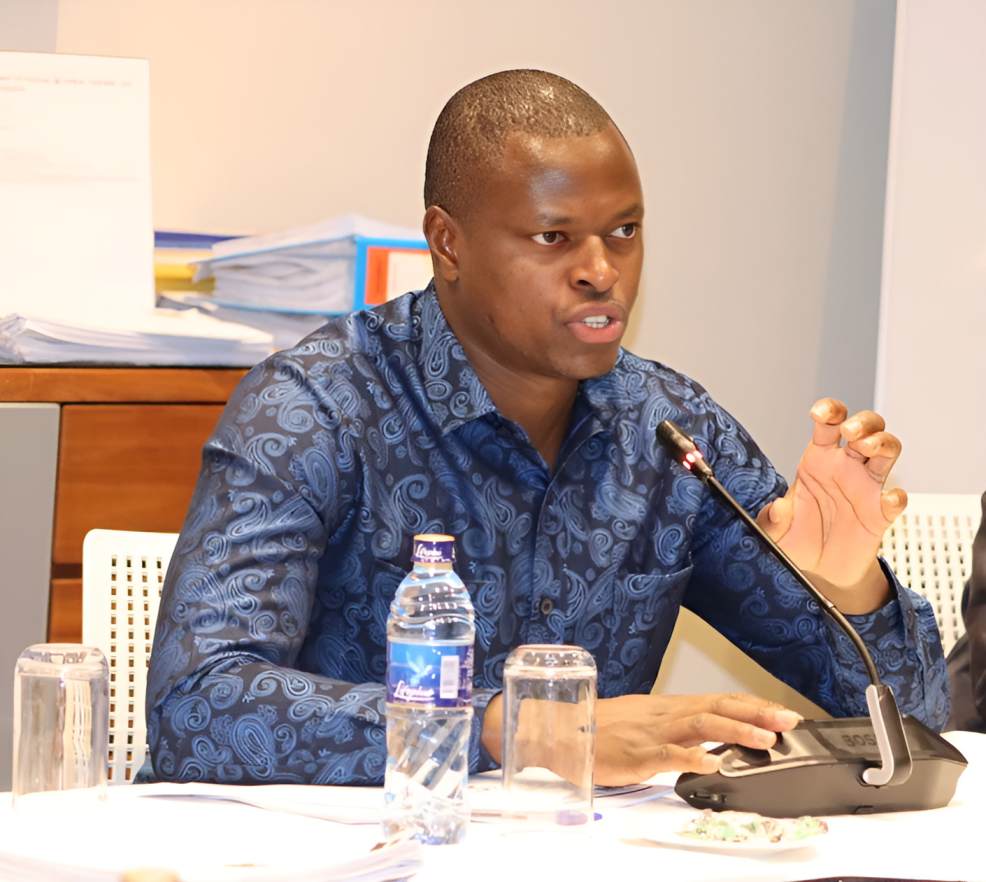MP Nyoro sounds alarm on Sh44.7 billion Talanta stadium bond

According to the UDA MP, the Sh44.7 billion bond might not reflect its true cost on paper but will translate into much higher repayment obligations in the future.
The government’s financing plan for the Talanta Sports Complex has continued to attract criticism, with Kiharu MP Ndindi Nyoro warning that the Sh44.7 billion bond floated to fund the project could eventually cost Kenyans up to Sh100 billion, nearly triple the original amount.
The stadium, which will seat 60,000 people and is expected to host matches during the 2027 Africa Cup of Nations, is being financed through a securitisation model spearheaded by Linzi Finco.
While the project was unveiled with excitement by President William Ruto, the funding strategy is facing growing scrutiny from within political and financial circles.
Nyoro, who previously chaired the Budget and Appropriations Committee in the National Assembly, has described the bond as a form of concealed borrowing that lacks openness and will leave a heavy debt burden on generations to come.
“The government is coming up with these new facilities to hoodwink us that our debt is good, but in the real sense, we are now running two sets of debt books,”Nyoro said on Wednesday.
According to him, the Sh44.7 billion bond might not reflect its true cost on paper but will translate into much higher repayment obligations in the future.
“The maturity of this loan of Sh44.7 billion means we could pay up to Sh100 billion. If this cannot make us angry as Kenyans, I don’t know what will. Every child born in the next 15 years will have a loan tag for money they have no idea how it was used," the UDA MP stated.
Nyoro criticised the model used to raise the funds, arguing that it allows the government to sidestep traditional borrowing procedures and mask the true size of the national debt.
President Ruto, however, defended the approach during an event at the Nairobi Securities Exchange, where he framed the bond as part of a wider effort to modernise how the government raises funds for development.
He pointed to other recent examples such as the government-to-government fuel supply arrangement and infrastructure-backed securities, which he said had already brought in Sh175 billion outside the normal budget process.
The President said these innovations are meant to ease the strain on the budget and make use of domestic financial markets instead of overrelying on foreign debt.
But Nyoro insists that the risks remain too high and that even within government, there are strong doubts about the strategy.
“I can tell you without blinking an eye that top Treasury officials who have experience are not in support of this move,” he said.
While the government argues that such models will help secure funding for large-scale projects without increasing traditional public debt levels, Nyoro’s remarks suggest that trust in these new methods is far from guaranteed.
His criticism has now added weight to the growing concerns about whether the Talanta Stadium’s financing is truly sustainable, or if Kenyans will be left to foot a much larger bill than initially disclosed.
